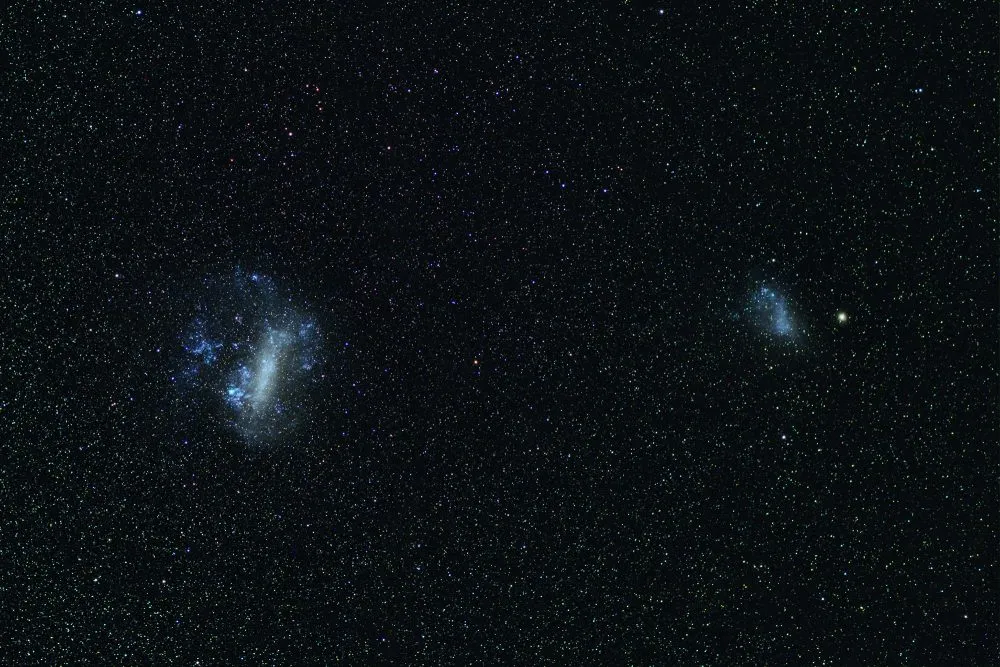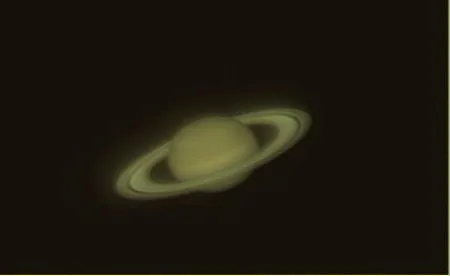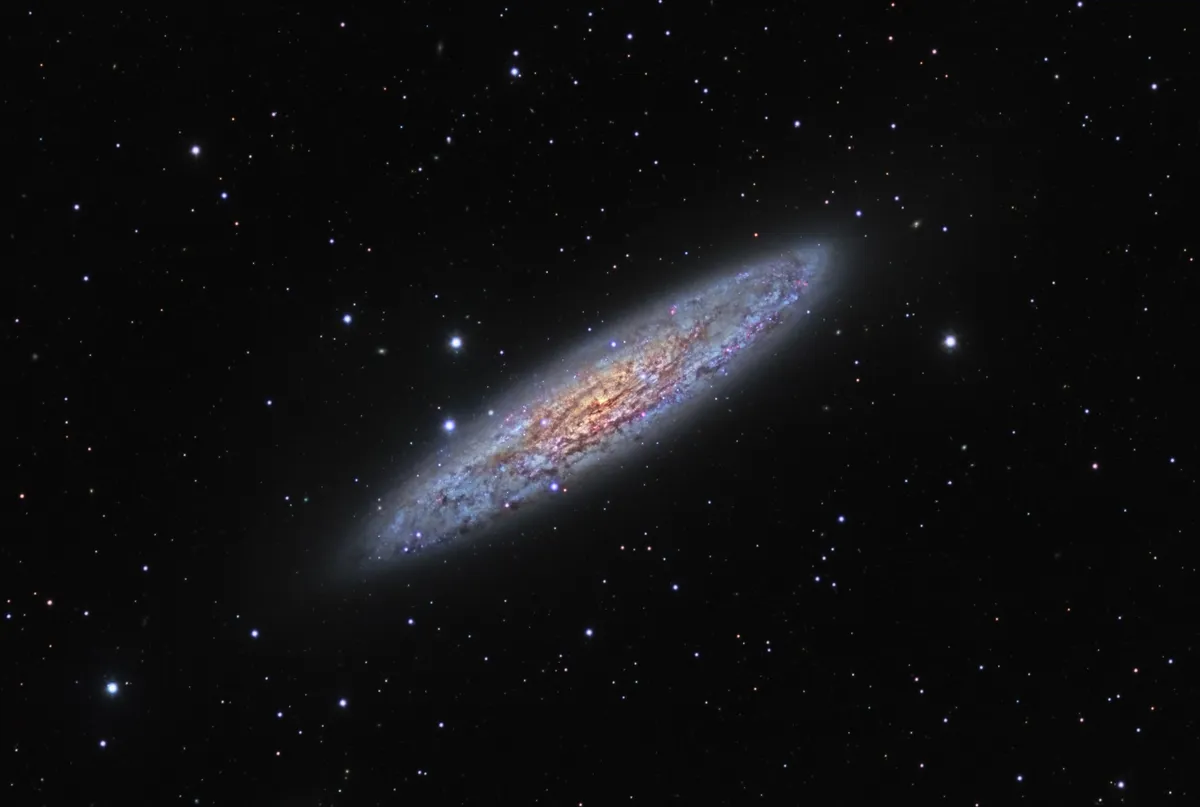If you're based in the Southern Hemisphere and want to know what you can see in the night sky tonight, this page is for you.
Our monthly-updated night-sky guide will show you what you can see in the Southern Hemisphere over the coming weeks.
We'll include monthly highlights, stars, constellations, planets and deep-sky objects.
For more advice, read our guides to Southern Hemipshere stargazing and the best night-sky targets to see in Australia.
Leonid meteor shower
The Leonid meteor shower has delivered spectacular displays of fireballs over the years.
Being linked to the debris from periodic comet 55P/Tempel–Tuttle, it’s at its best every 33 years when 55P returns to perihelion, the last being in 2001.
This year, the Leonids are expected to be active 6–30 November, peaking on 18th.
The radiant (in the Sickle of Leo) rises around 01:00. With a new Moon on 20th, its thin crescent shouldn’t interfere with predawn observations.
Stars and constellations

The Milky Way belongs to the Local Group family of galaxies. Of the 80 or so members, three of the brightest are well placed to observe in November evenings.
Low in the north lies the Andromeda Galaxy, M31. The Milky Way and M31 dominate the family.
Andromeda is clearly visible to the naked eye from dark country skies, as are two satellite galaxies to the Milky Way: look high in the south to see the Clouds of Magellan, the small one (SMC) to the right of the larger (LMC).
Planets

Evening planet Mercury drops into the Sun’s glare mid-month. Mars also drops into the west, spending November embedded in twilight.
The Red Planet is overtaken by Mercury on 13th, with the planets closest at only 1.3°.
Saturn, with Neptune a few degrees behind, remains well placed for evening observations, transiting as dusk ends.
Uranus is at opposition in November and visible all night. Jupiter, now rising before midnight, still delivers its best views in the mornings.
Deep-sky objects

Currently passing overhead is the obscure constellation of Sculptor. The brilliant Silver Dollar Galaxy, NGC 253 (RA 0hr 47.5m, dec. –25° 17’) is the central and brightest member of the Sculptor group of galaxies.
This seventh-magnitude edge-on spiral (22 x 4 arcminutes) is visible in binoculars.
A 150mm telescope shows a prominent elongated (7 x 2 arcminutes) core, brightening to a broad nucleus, with distinct mottling extending into the surrounding halo.
This betrays fragments of its spiral arms. Larger instruments reveal a dark lane.
Head 1.7° southeast to the globular cluster NGC 288 (RA 0hr 52.8m, dec. –26° 35’). At eighth magnitude, this too is visible in binoculars.
One of the more scattered globulars, a 200mm scope shows well-resolved stars evenly spread across its bright 5-arcminute core, extending out to its narrow halo (7 arcminutes across).
Southern Hemisphere Star Charts
Access this month's and all previous star charts for the Southern Hemisphere by clicking on the links below.
- Southern Hemisphere Star Chart November 2025 (PDF)
- Southern Hemisphere Star Chart October 2025(PDF)
- Southern Hemisphere Star Chart September 2025 (PDF)
- Southern Hemisphere Star Chart August 2025 (PDF)
- Southern Hemisphere Star Chart July 2025 (PDF)
- Southern Hemisphere Star Chart June 2025 (PDF)
- Southern Hemisphere Star Chart May 2025 (PDF)
- Southern Hemisphere Star Chart April 2025 (PDF)
- Southern Hemisphere Star Chart March 2025 (PDF)
- Southern Hemisphere Star Chart February 2025 (PDF)
- Southern Hemisphere Star Chart January 2025 (PDF)
- Southern Hemisphere Star Chart December 2024 (PDF)
- Southern Hemisphere Star Chart November 2024 (PDF)
- Southern Hemisphere Star Chart October 2024 (PDF)
- Southern Hemisphere Star Chart September 2024 (PDF)
- Southern Hemisphere Star Chart August 2024 (PDF)
- Southern Hemisphere Star Chart July 2024 (PDF)
- Southern Hemisphere Star Chart June 2024 (PDF)
- Southern Hemisphere Star Chart May 2024 (PDF)
- Southern Hemisphere Star Chart April 2024 (PDF)
- Southern Hemisphere Star Chart March 2024 (PDF)
- Southern Hemisphere Star Chart February 2024 (PDF)
- Southern Hemisphere Star Chart January 2024 (PDF)
- Southern Hemisphere Star Chart December 2023 (PDF)
- Southern Hemisphere Star Chart November 2023 (PDF)
- Southern Hemisphere Star Chart October 2023 (PDF)

